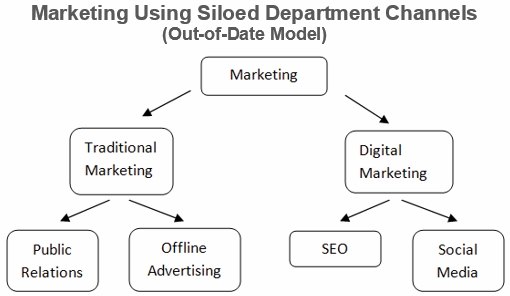Forget ‘customer satisfaction’, what matters is ‘life satisfaction’.
Here’s a
great study in the latest edition of the wonderfully titled academic ‘
Journal of Happiness & Well-Being‘ that can help you understand and deliver customer happiness.
The key takeout for marketers is customer happiness is not about
satisfaction with a product or brand, it’s about how we help enhance
the life satisfaction of our customers.
The study investigated the idea of human happiness and summarised
recent psychology of that shows that to achieve high levels of
‘Subjective Well Being’ (SWB) – as happiness is known in psychology, we
need to experience three things
- Frequent positive affect
- Low levels of negative affect
- High satisfaction with life
We need all three to be happy. Interestingly, the study found that
people seem to be intuitively aware that these are the three factors
that drive overall happiness.
Why is this relevant for marketers? Simply put, we may over focus on
immediate ‘affect’ – people’s emotional response to our ads or products
– (removing negative affect, adding positive affect – or in plain
English are we are creating smiles or relieving pains). This is good,
but not sufficient, and it is very brand-centric. Instead, we need to
take a human-first perspective, and understand how what we do fits into
people’s lives and influences their perceptions of life satisfaction.
Good marketing and good products enhance life satisfaction.
Tall order, but at least by asking the right questions, we’ll be on the right path
- Are we increasingly positive affect?
- Are we reducing negative affect?
- Are we increasing satisfaction with life?
The measure of good marketing is not ‘brand satisfaction’ or ‘customer satisfaction’, it’s ‘life satisfaction’.
http://digitalintelligencetoday.com/the-three-outcomes-that-drive-customer-happiness-study/


